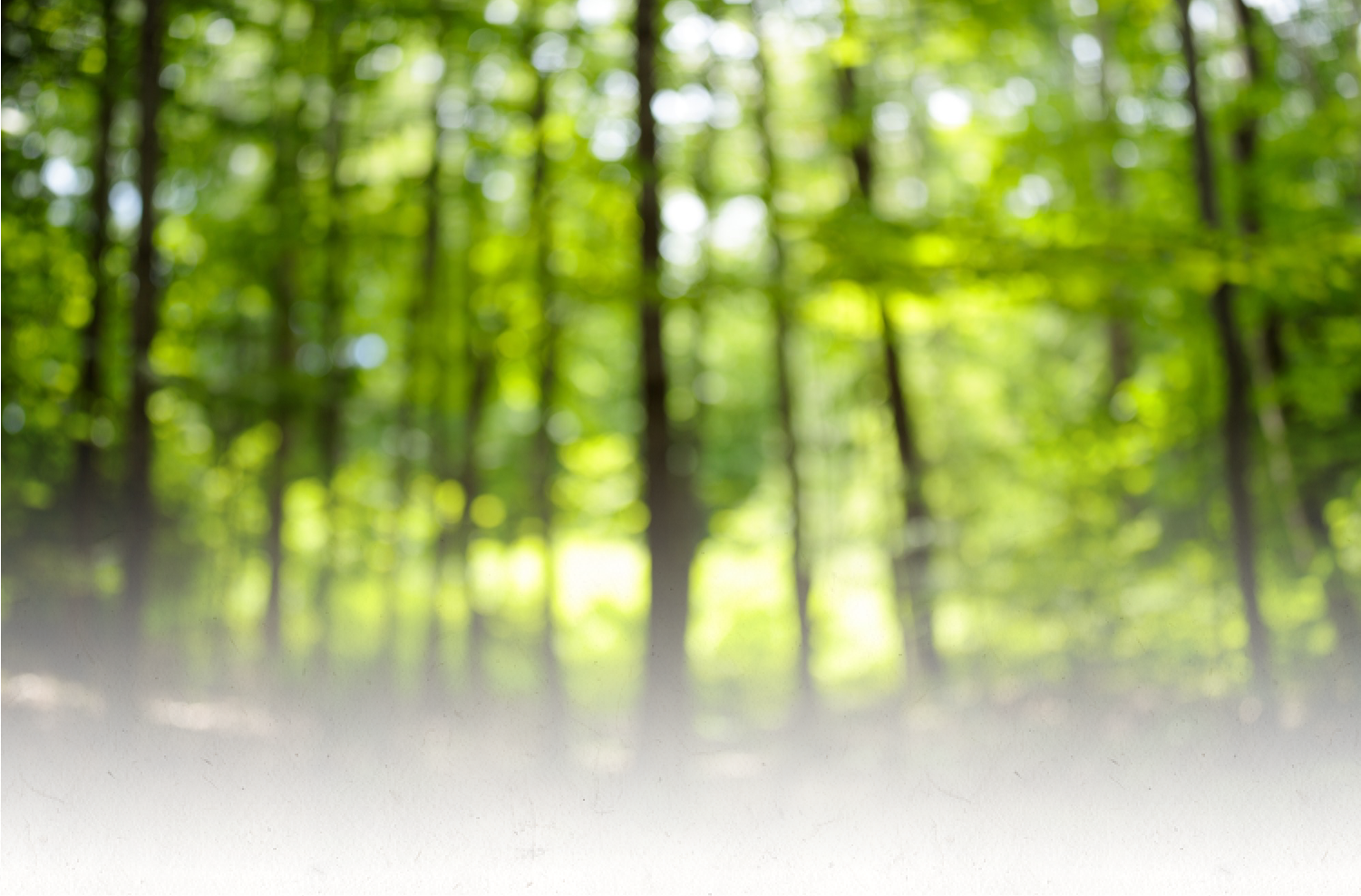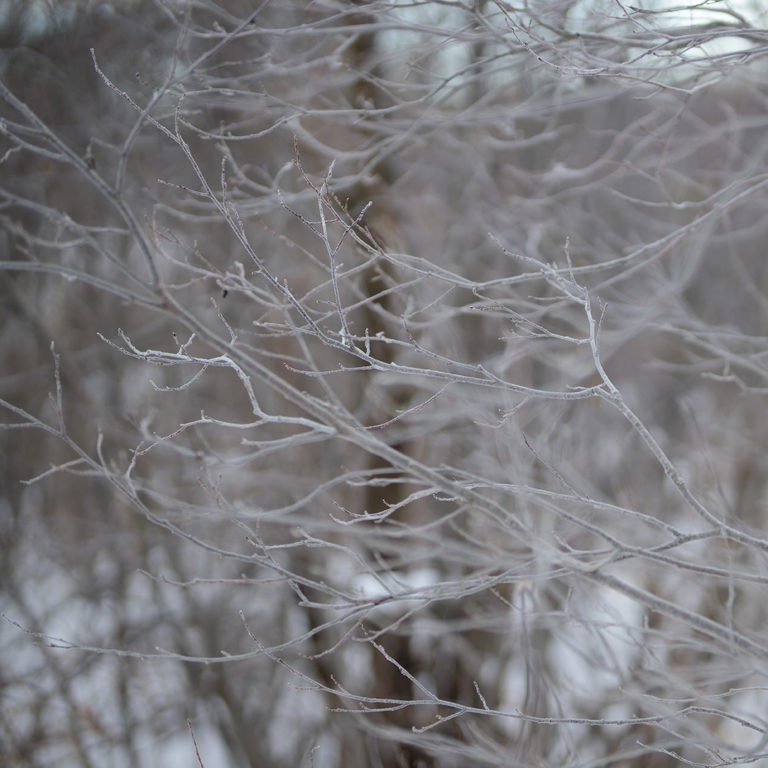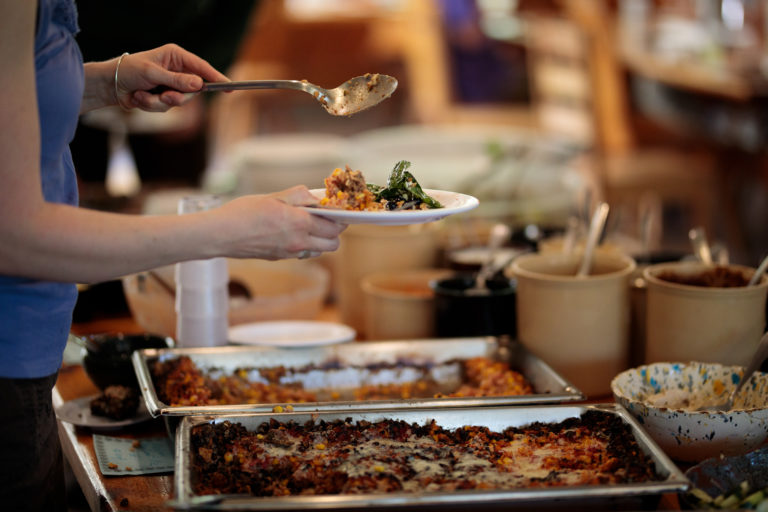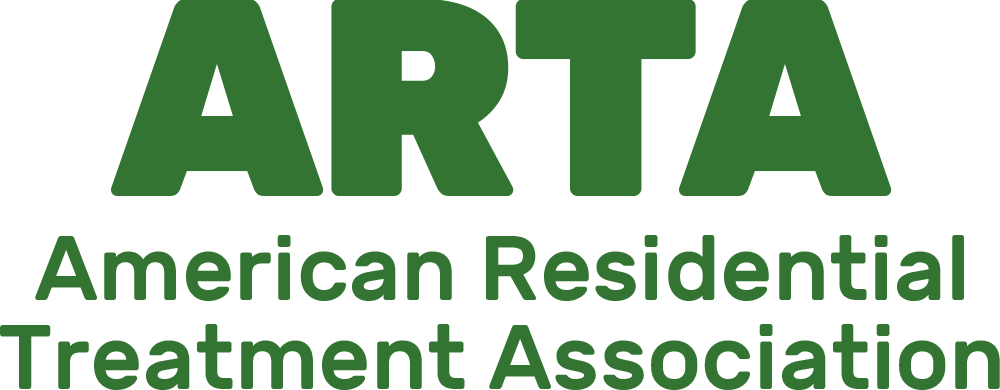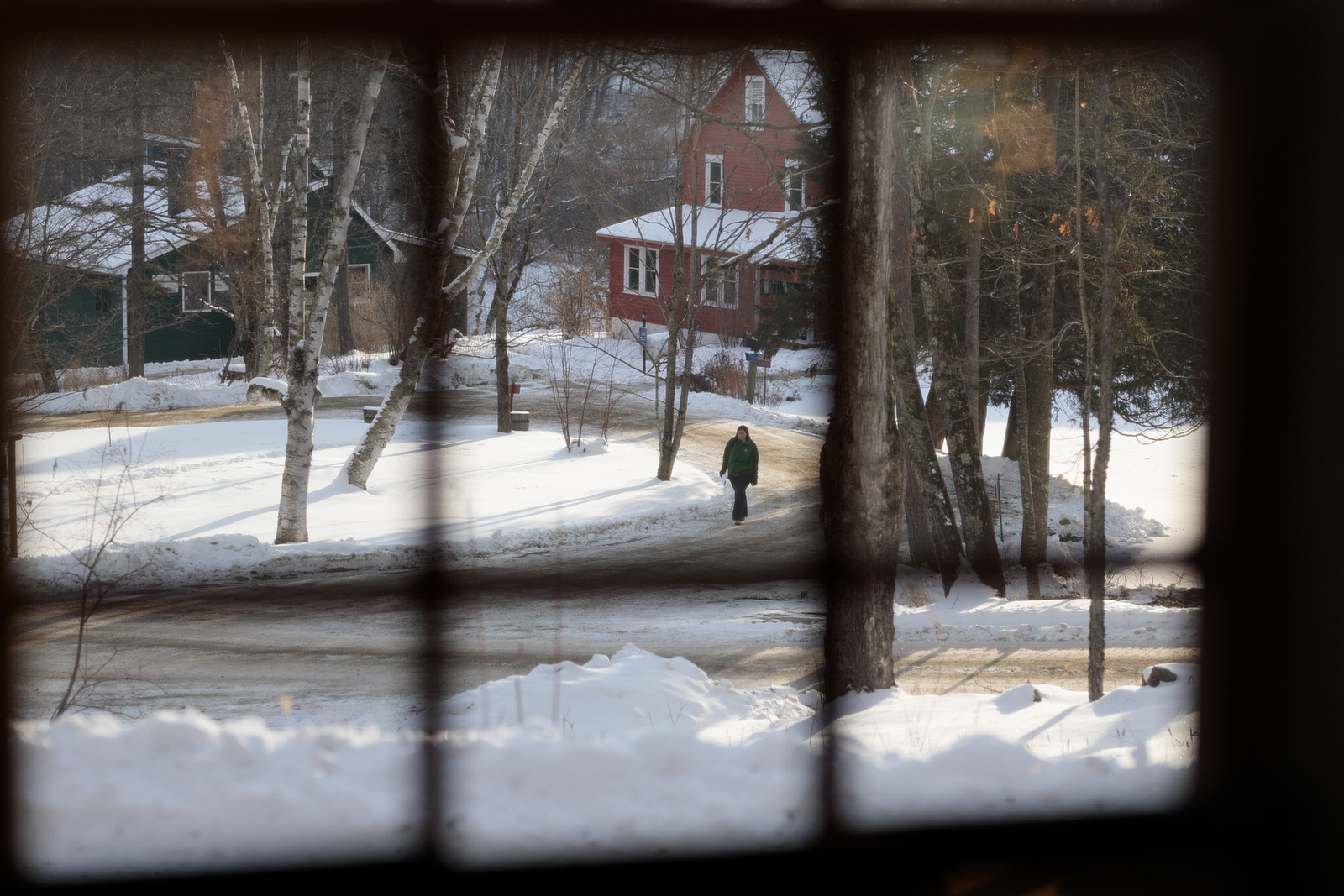
Creatures that Make the Best of Things:
Staying Creative from a Distance during Covid-19
Theo Goodell, Shop Crew Assistant
As a socially phobic depressive with a morbid fear of all forms of telecommunication, I have a marked tendency to get stuck in my own head. It’s one of the reasons being part of a community like Spring Lake Ranch is good for me. It’s also one of the reasons working as a member of a team, like on work program, is good for me. I started my current position at the Ranch as a Shop Crew Work Program Assistant last fall and have loved puzzling things out side by side with residents – literally hands-on, building physical objects together. A creative process: out of nothing, a chair to sit on. Through putting fragmented pieces together, we are made more whole.
Over the winter, I also helped start an art group, co-organized with a resident who shared an affinity for Brian Eno and was working on a cycle of poems. We intended it to be for staff and residents alike; a space we could support each other working on our individual long-term projects in all kinds of genres and media. After a number of false starts and trial and error (and a lot of very awkward attempts at group facilitation on my part) we had finally arrived at a weekly meeting time and location: Tuesday afternoon in the sewing room above the sugarhouse. We settled on a format for each session that balanced hospitality and mutual support with space for individual work time.
Attendance was sporadic but starting to pick up and people were bringing an interesting mix of projects from poetry, to nature drawing, to assemblage. I was excited because it seemed to me like a meaningful step toward fostering community through engagement with creative process, with a balance of introverted and extroverted energies. And on a selfish level it felt like it was helping me come back to my own neglected writing and artmaking practices, to climb back out of my head and back onto the paper.
* * *
And then, of course: Covid.
And home, along with roughly half the staff. Profoundly grateful to still have a job, and to this beautiful community to check in with, even via the distorted, echoing, time-lagged tubes and wires of internet-facilitated communications. While home, I’ve looked at research, read books, engaged in strategic thinking, organized shared documents for future carpentry projects. Tried to settle into my one-bedroom apartment. Ziggurats of boxes still unpacked (even after a whole winter the place still looks like I just landed). I’ve felt closed in, shut off, and very disoriented. Underwater. A little submersible in a big murky ocean, my connection to the rest of the world through periscopes and messages in bottles. Stuck in my head times a million.
I’ve also witnessed from a distance not only the creative process group continuing but all kinds of flourishing activity on the hill in response to the crisis – watching with a mix of inspiration and joy, pride and envy, longing and doubt. A dense landscape of thoughts and feelings to navigate, to find a narrow path to connection.
* * *
One day in April on an early morning walk in my neighborhood on the east side of Rutland, I stumbled on a park I had no idea was there before. Walking past some empty tennis courts I discovered a tiny lush wetland and a little unmarked path through tall marsh reeds. I felt like I had snuck into some abandoned mansion. A dry thrashing sound almost sent me running in panic until I saw a foot-long turtle slowly emerging from the reeds. Overhead, red-winged blackbirds clicked and cried to each other from the knuckles and groping fingers of bare treetops. I stood and watched them and felt like I was breathing freely for the first time in weeks.
I know almost nothing about birds, but I appreciate red-winged blackbirds. You see them in any suburban park from the Northeast to the Midwest — flocking and staking out their territory and complaining to each other. Here is what Sibley Field Guide to Birds of Eastern North America has to say about them:
Common; our most widespread blackbird. Nests and roosts in any wet, marshy or brushy habitat. Forages in open fields. Forms very large flocks, often segregated by sex or mixed with grackles or cowbirds. Song of several liquid introductory notes followed by variable, harsh, gurgling trill kon-ka-reeeee; female song an explosive, harsh rattle. Flight call a low, dry chek. Alarm call a high, clear, descending teeeew. Variety of other calls mainly from male in nesting season.
Though far from a perfect symbol (in addition to their inflexible and outmoded gender politics they can be aggressive and a tremendous pest to farmers), I find myself admiring both this description and the birds themselves. Adaptable. In turns social and separated. A brave and unfussy bird. Mundane as anything, but sleek and black and when they fly they make a little line of flame with the patches of bright red and yellow on their coverts (the adult males, the females are a more practical brown). These are creatures that make the best of things.
* * *
And so I’m thinking about wildlife thriving in some unexpected marsh sandwiched between an office park and the parking lot of the Bowlerama, and I’m dreaming forward to the time I can be with the community in person again, share a head nod or a joke in passing, share frustration and triumph in the shop, shoulder to shoulder and covered in the same sawdust.
And I’m also thinking a lot about the ways in which constructed spaces for creativity can foster community, even when individual members are scattered or isolated. (I’ve started scheming to form a little committee to put together an SLR community zine, with poetry, and essays, and art and cartoons, and maybe even some recipes or knitting patterns.)
And I’m tinkering away with research and plans for future woodworking and building projects for the shop program, and picking away at little pieces of writing, and taking photos in the woods, and looking forward to being in the same room with art group again, participating in the creative culture that is coming together and thriving in response to the crisis.
And I’m still finding it hard to reach out over the internet and telephone but I’m making contact every day as best I can, working on letting it go and allowing my voice be imperfect: Kon-ka-reeeee!

